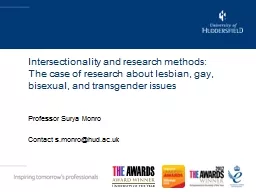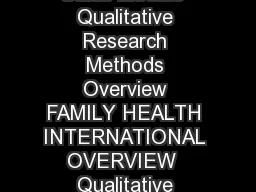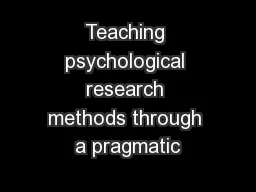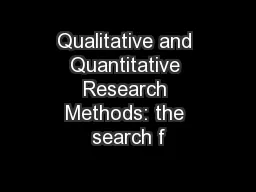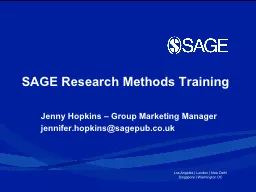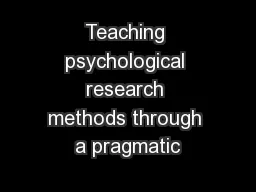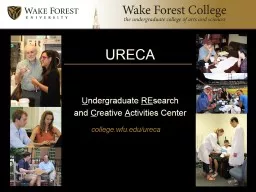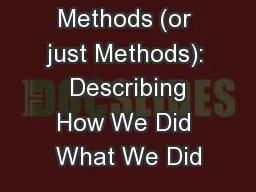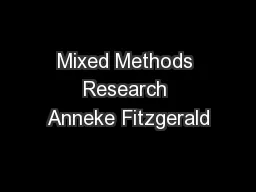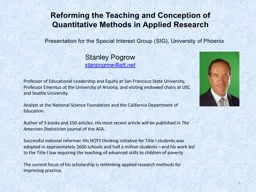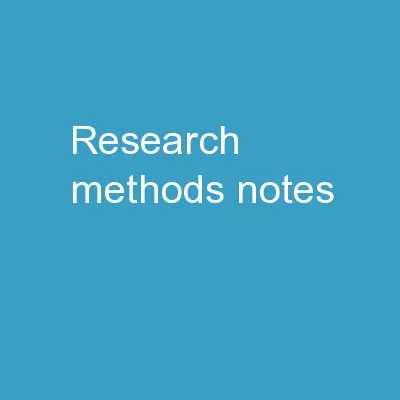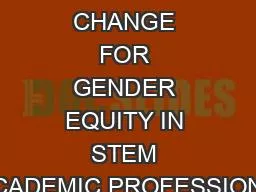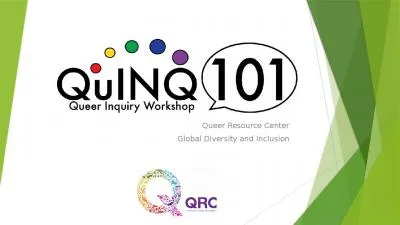PPT-Biphob Intersectionality and research methods:
Author : hirook | Published Date : 2020-08-06
The case of research about lesbian gay bisexual and transgender issues Professor Surya Monro C ontact smonrohudacuk Introduction and aims Rising popularity of
Presentation Embed Code
Download Presentation
Download Presentation The PPT/PDF document "Biphob Intersectionality and research me..." is the property of its rightful owner. Permission is granted to download and print the materials on this website for personal, non-commercial use only, and to display it on your personal computer provided you do not modify the materials and that you retain all copyright notices contained in the materials. By downloading content from our website, you accept the terms of this agreement.
Biphob Intersectionality and research methods:: Transcript
Download Rules Of Document
"Biphob Intersectionality and research methods:"The content belongs to its owner. You may download and print it for personal use, without modification, and keep all copyright notices. By downloading, you agree to these terms.
Related Documents

